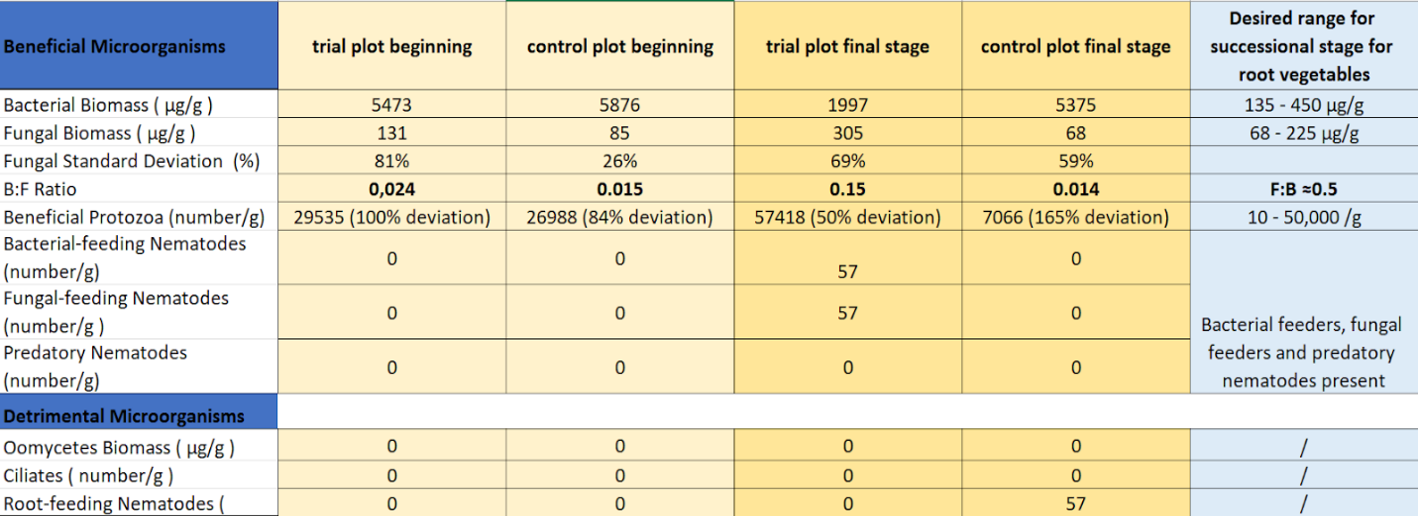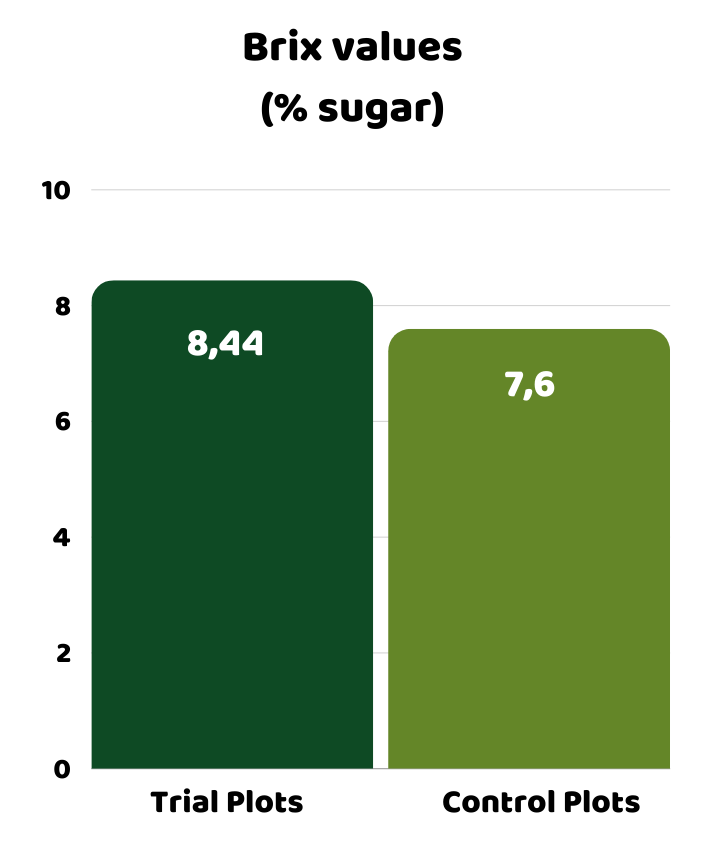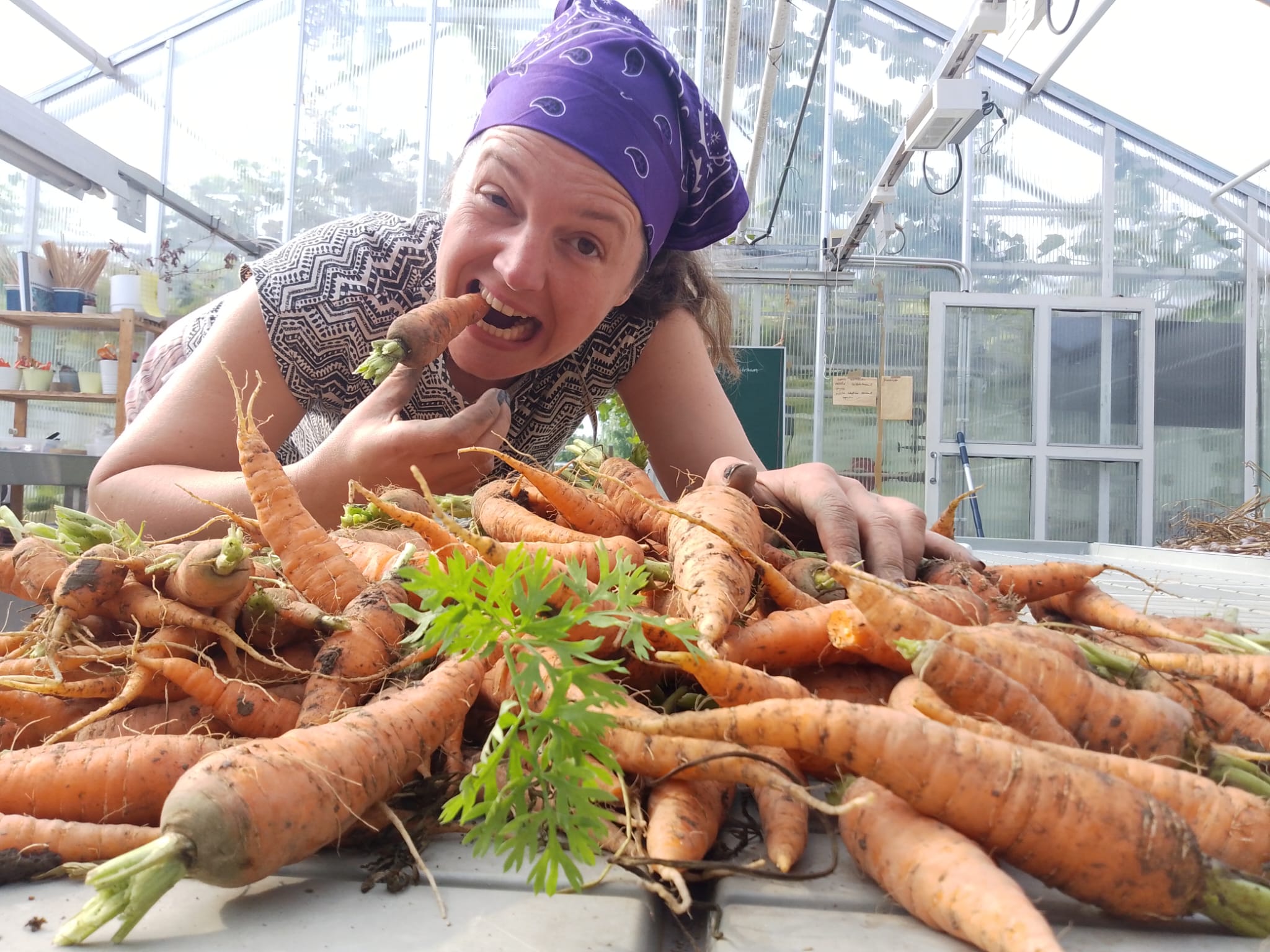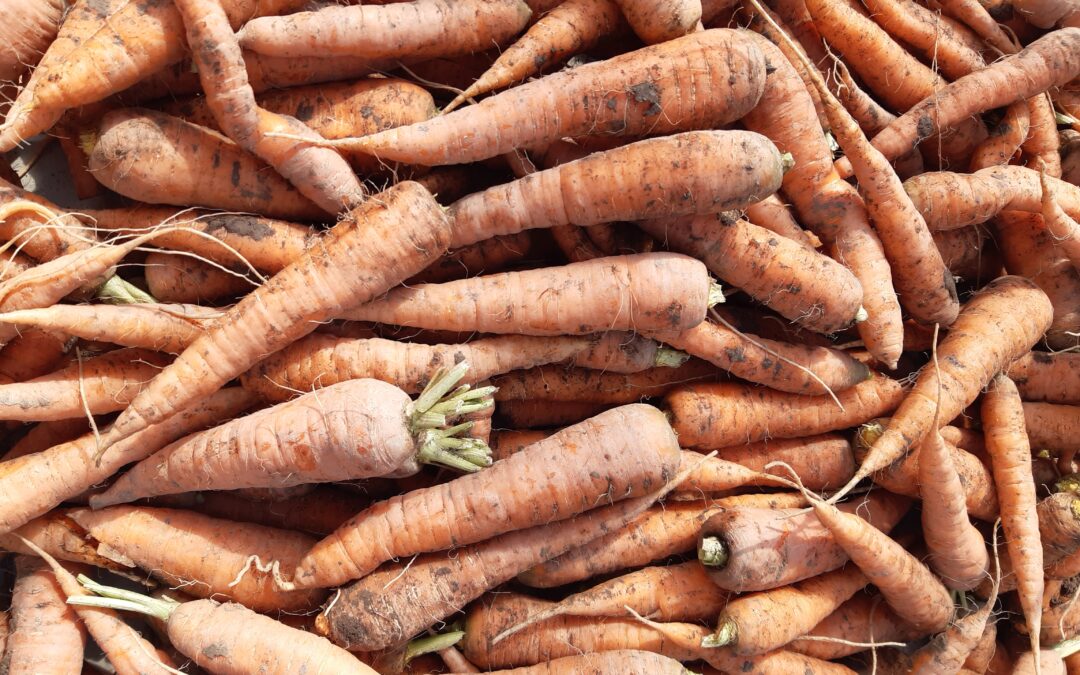At AhlmanEdu we tested the effects of bioactive compost we create using our farm’s cow manure. The trial looked promising from the beginning. Lets see what results did we get!
The soil food web method
Making good compost is not an easy task and it takes a lot of understanding of the process to get it right!
For the past three years, we at AhlmanEdu have been developing a composting process based on the teachings of Dr Elaine Ingham and the Soil Food Web method. According to the method and current research in soil ecology, soil microorganisms are the primary drivers of all soil processes, including nutrient cycling, building soil structure and biodiversity, carbon sequestration, water retention and supporting healthy plant communities. In fact, plants and soil microorganisms have many mutualistic relationships that create resilient, thriving ecosystems.
Bioactive compost is a very effective tool for restoring soil functions. Properly decomposed organic matter contains an abundance of beneficial soil microorganisms, all of which participate in restoring soil functions. The process of making Bioactive Compost itself ensures that the result is a highly diverse soil amendment containing a wealth of soil micro-organisms in balanced and desired proportions. Bioactive compost can be successfully used as is or applied in the form of compost extract as a soil drench and compost tea as a foliar application. And analysis shows that the bioactive compost we produce is a highly microbially diverse, nutrient-rich and stable soil amendment.
Our aim is to develop an experimental method in our local context
Therefore we are in the process of conducting many compost-based soil improvement experiments on our local farms and nurseries.
Carrot experiment
The latest experiment on the carrot bed at our no-dig vegetable garden at AhlmanEdu was done in the 2023 season to document the effects of bioactive compost extract on carrot germination rate, growth and yield.
The main indicator of the change in soil quality was seen from the soil microbiological quality measured through regular soil analyses. By adding the bioactive compost and/or liquids, the idea is to enrich the soil with beneficial micro-organisms that drive nutrient cycling and help plants grow better. Microscopic assessments also allow us to track changes in microorganism content and quality.
As well as measuring the change in soil biology, we also measured the yield and Brix (sugar content) of the harvested carrots, which indicates the photosynthetic efficiency of the plant.
The carrot bed was divided into 6 plots: three trial plots and three control plots to ensure viability and consistency of results.
The bioactive compost extract was applied to the seeds in the experimental plots before sowing and during the growing season (4 times), whereas the control plots only received water. Two weeks after each application, soil samples were taken and tested for microbial content.
Change in soil microbiology made carrots grow better!
The initial soil analyses indicated that the soil was too bacterially dominated and didn’t have enough fungal biomass for growing our carrots. This is typical of disturbed agricultural land. Our task was to enrich the soil with fungal biomass and soil predators such as protozoa and nematodes, which feed on bacteria but were missing from the soil system.
As we had hoped, the trial plots showed a steady increase in fungal biomass and its predator numbers, as well as a steady decrease in bacterial biomass.

As a result, harvest showed a significant difference in number of carrots, yield per m2 and average carrot weight between the experimental and control plots.
The trial plots yielded a total of 1085 carrots weighing 57 kg (10.8 kg/m2), while the control plots yielded a total of 770 carrots weighing 38.6 kg (7.3 kg/m2).

The difference in the number of carrots was evident from the start as the germination rate was visibly better on the trial plots, as we have written about before.
The carrots also grew bigger on the experimental plots with an average carrot weight of 52.5g compared to an average carrot weight of 50.1g on the control plots.

In addition, Brix values showed that the carrots in the plots had a slightly higher average sugar content.

The bioactive compost extract did indeed have a significant effect on soil microbiology and consequently on carrot germination rate and yield.
With the experiment we showed that it is possible to grow high quality and high yield vegetables with strictly biological soil management. And they were delicious!

We will continue to excel in our knowledge and experience in soil restoration through the Soil food web Method and develop context-based solutions for optimal use of farms’ and gardens’ by-products. Bioactive compost-based trainings are being conducted regularly and will be more integrated in the future in our curricula.
